LOADING
Neck pain is something most of us experience at some point—whether it's from poor posture, stress, or an injury. While it’s often temporary, it can sometimes become persistent or interfere with daily life. In this guide, we’ll break down the most common causes, symptoms to watch for, treatment options, and simple exercises you can do to ease the discomfort and support long-term recovery.
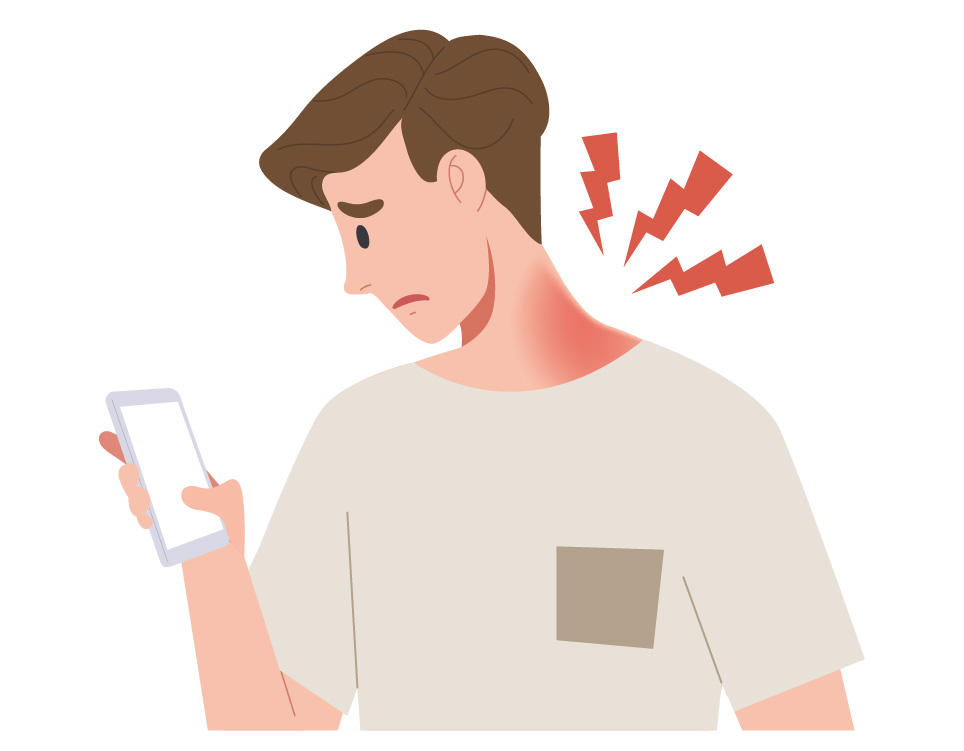
Neck pain, also known as cervicalgia, is a common medical condition characterized by discomfort or pain in the cervical region of the spine, which includes the seven vertebrae that form the neck. It is an increasingly common form of musculoskeletal pain characterized by a high recurrence rate. Studies reveal a lifetime prevalence of 30% to 50% and an annual incidence of 10% to 21%. It ranks among the major global causes of disability, contributing to decreased work efficiency, diminished quality of life, and escalated medical expenses. Despite being often perceived as benign, neck pain can lead to chronic or recurrent pain in 50% to 80% of cases.
Neck pain can be caused by various factors, including:
Symptoms of neck pain can vary depending on the underlying cause and severity of the condition. Common symptoms associated with neck pain include:
Treatment for neck pain depends on the underlying cause, severity of symptoms, and individual factors. Here are some common approaches to treating neck pain:
Resting the neck for a short period may help alleviate acute pain. Avoiding activities that exacerbate pain, such as prolonged sitting or repetitive neck movements, can also be beneficial. However, maintaining gentle movement and avoiding prolonged immobilization is essential to prevent stiffness and muscle weakness.
Physical therapy involves exercises, stretches, and manual techniques designed to improve neck strength, flexibility, and posture. Therapists may also use modalities such as heat, ice, ultrasound, or electrical stimulation to relieve pain and promote healing.
Applying heat packs or warm towels to the neck can help relax tense muscles and improve blood flow. Alternatively, cold therapy with ice packs or cold compresses may reduce inflammation and numb pain. Some individuals find alternating between heat and cold therapy to be effective.
Improving posture and ergonomics, both at work and during daily activities, can help alleviate neck pain. This may involve adjusting workstation setup, using ergonomic chairs or pillows, and practicing proper body mechanics when lifting or carrying objects.
In some cases, wearing a neck brace or collar for a short period may provide support and immobilization, allowing the neck muscles to rest and heal. However, prolonged use of neck braces should be avoided as it can lead to muscle weakness and stiffness.
Massage therapy can help relieve muscle tension and improve circulation in the neck area. Techniques such as Swedish massage, deep tissue massage, or trigger point therapy may be beneficial for reducing pain and promoting relaxation.
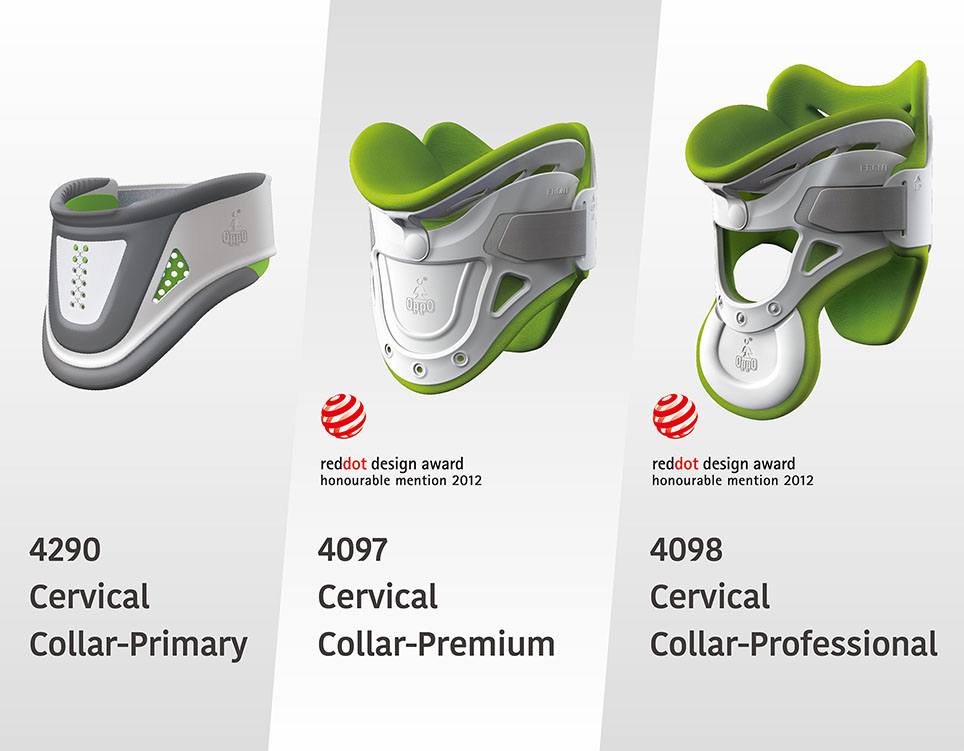
The clinical benefit of using a cervical collar for neck pain can vary depending on the underlying cause of the pain and the individual's specific condition. While cervical collars can provide some short-term relief for certain types of neck pain, their long-term effectiveness and overall clinical benefit are subject to debate. Here are some potential clinical benefits of using a cervical collar for neck pain:
*CERVICAL COLLAR-PRIMARY | Products | OPPO Medical
✓ Immobilization and Support
Cervical collars can immobilize the neck and provide support to the cervical spine, which may help reduce pain and prevent further injury in cases of acute trauma or instability. This immobilization can be particularly beneficial immediately following an injury or surgery to allow for healing.
✓ Pain Reduction
By limiting movement and stabilizing the neck, cervical collars may help reduce pain associated with certain neck conditions, such as whiplash, muscle strains, or minor fractures. The collar can reduce strain on the muscles, ligaments, and joints of the neck, leading to decreased pain and discomfort.
✓ Postural Correction
Cervical collars can promote proper neck alignment and posture by preventing excessive bending, twisting, or tilting of the neck. This can help alleviate strain on the neck muscles and reduce pain associated with poor posture or muscle tension.
✓ Facilitation of Healing
In some cases, immobilization provided by a cervical collar may facilitate the healing process by allowing damaged tissues to rest and recover without being subjected to excessive stress or movement. This can be particularly important during the initial stages of healing following an injury or surgical procedure.
✓ Patient Comfort and Reassurance
Wearing a cervical collar may provide a sense of comfort and reassurance to patients experiencing neck pain, especially in cases where movement exacerbates their symptoms. The collar can serve as a reminder to avoid certain activities or movements that may worsen their condition.
Exercise can play a crucial role in relieving and preventing neck pain by improving strength, flexibility, and posture. Here are some exercises specifically designed to target neck pain:
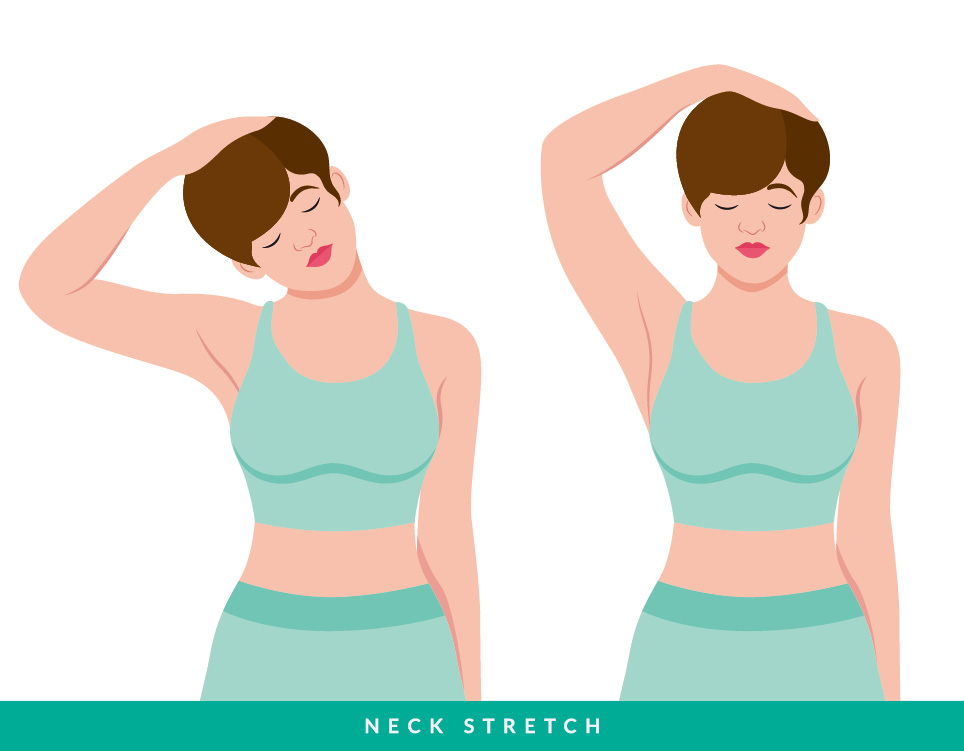
Gently tilt your head to one side, bringing your ear toward your shoulder, and hold for 15 to 30 seconds. Repeat on the other side.
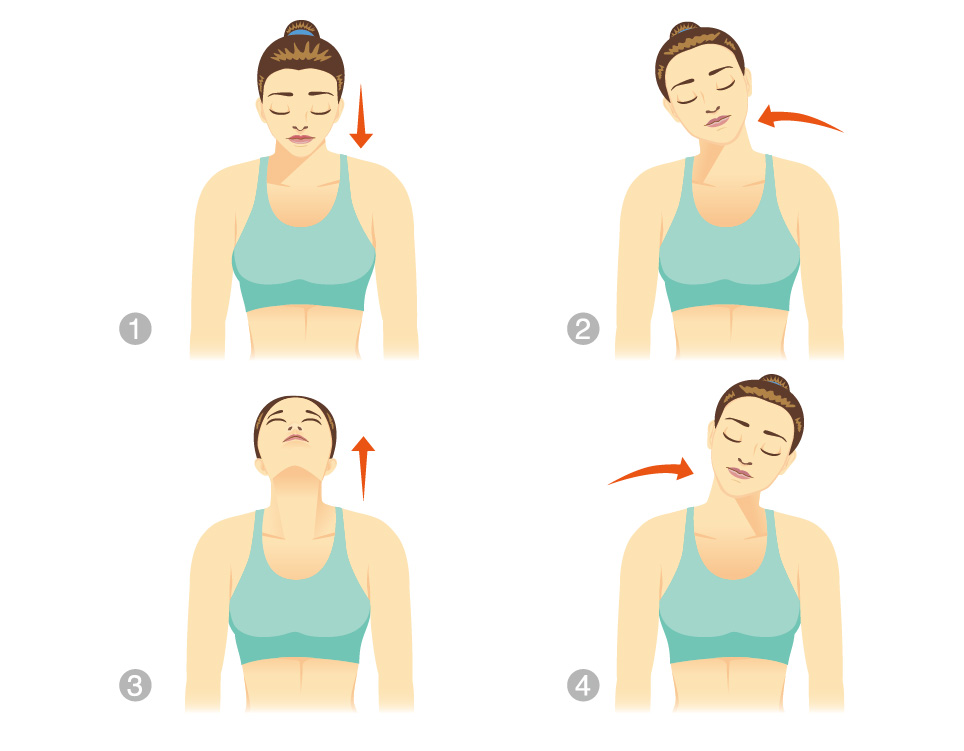
Slowly turn your head to look over your right shoulder, hold for 5 to 10 seconds, and return to the center. Repeat on the left side.
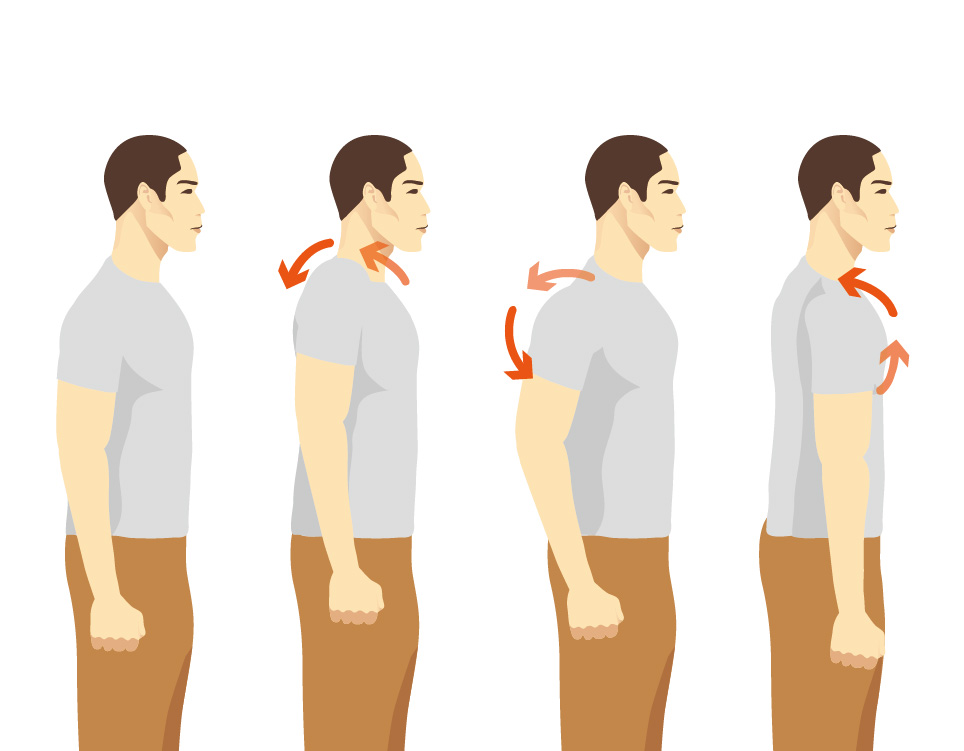
Roll your shoulders backward in a circular motion for 10 repetitions, then switch to forward rolls for another 10.
Chin Tucks
Sit upright and gently pull your chin back as if creating a double chin. Hold for 5 seconds, then release.
Chest Stretches
Clasp your hands behind your back, straighten your arms, and gently lift them while pushing your chest forward. Hold for 15 to 30 seconds.
Copy Link